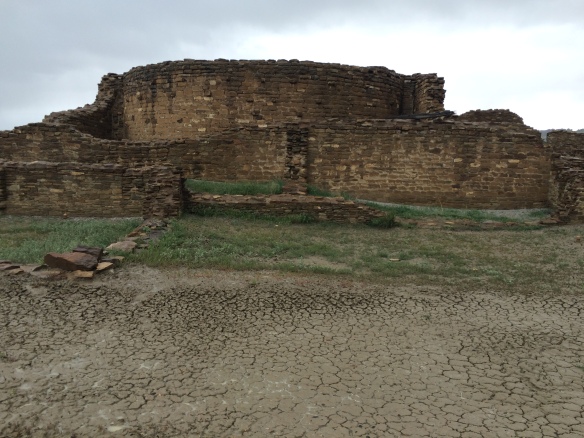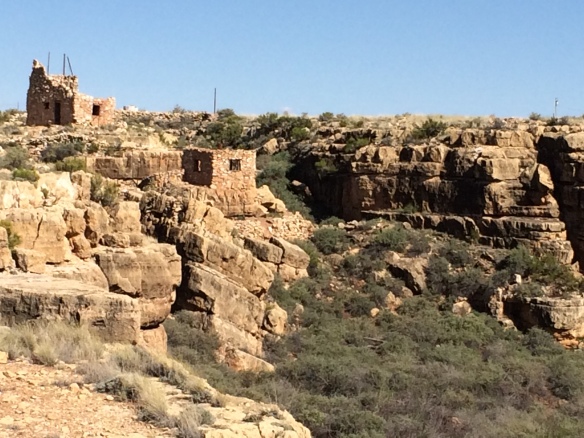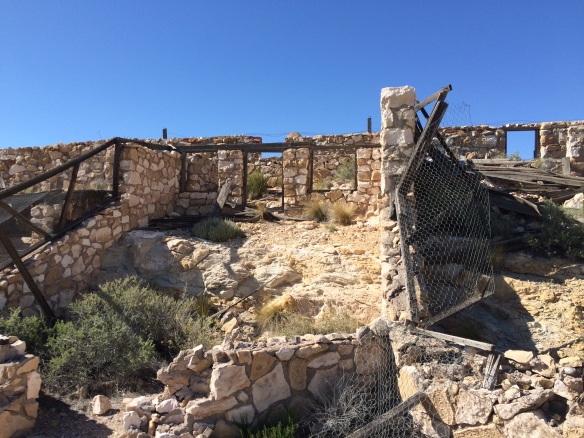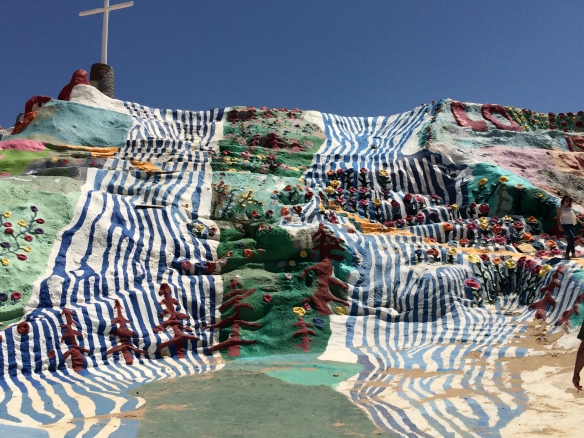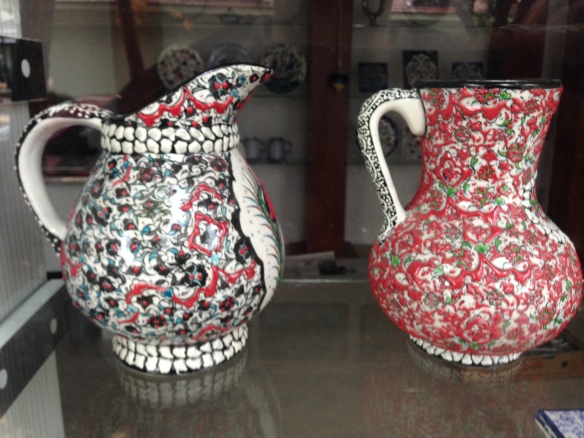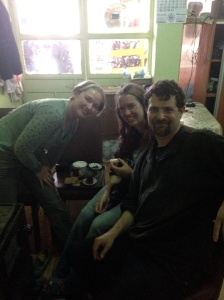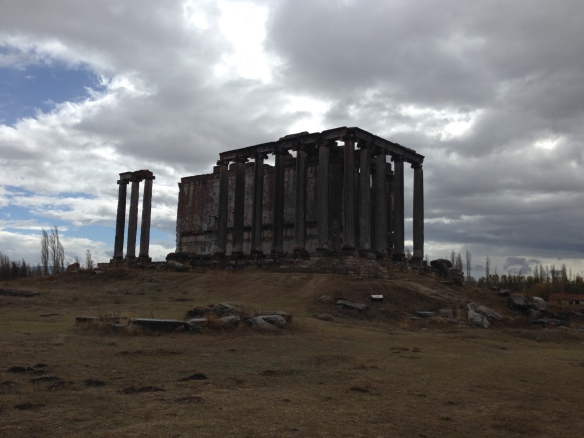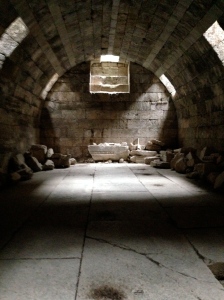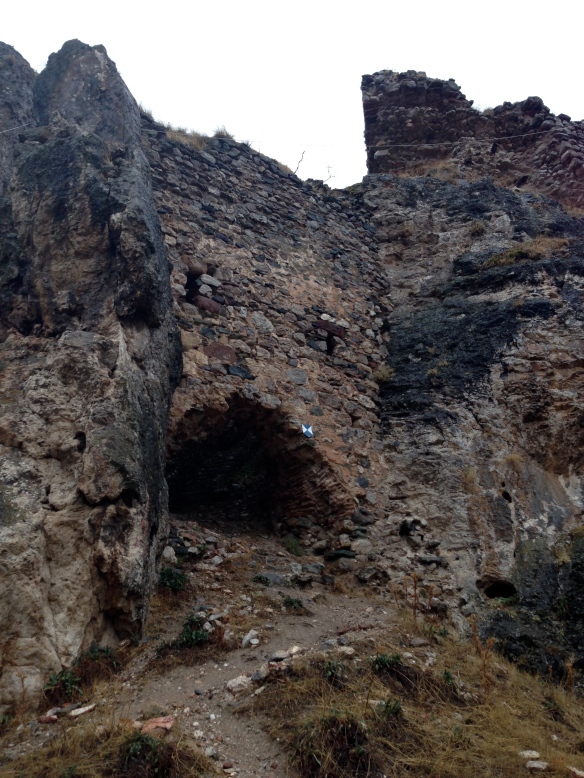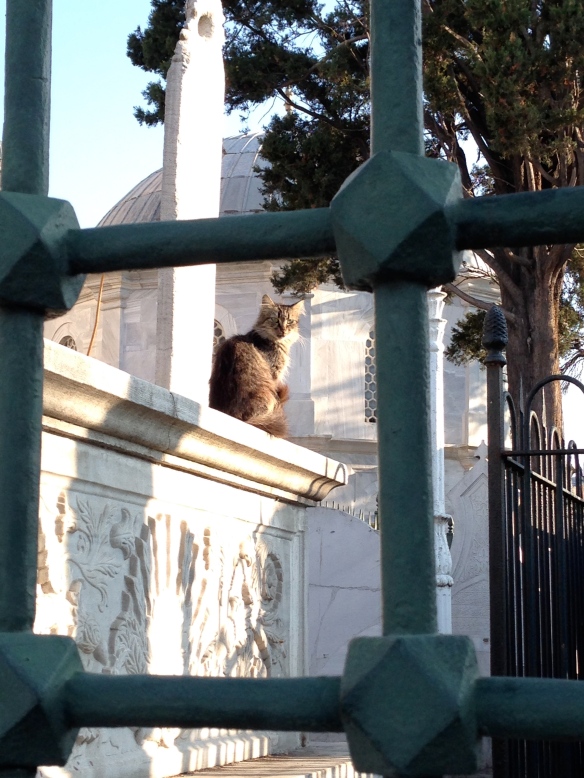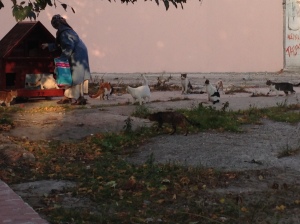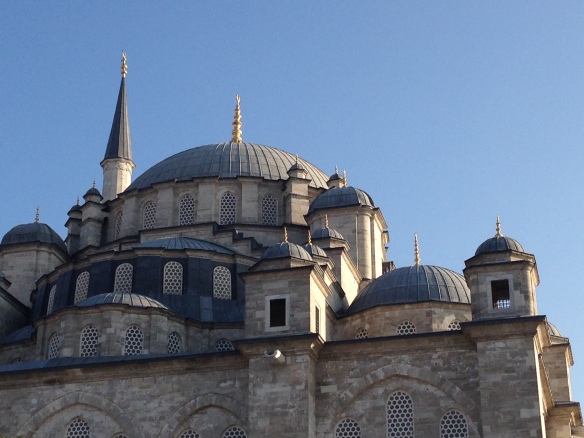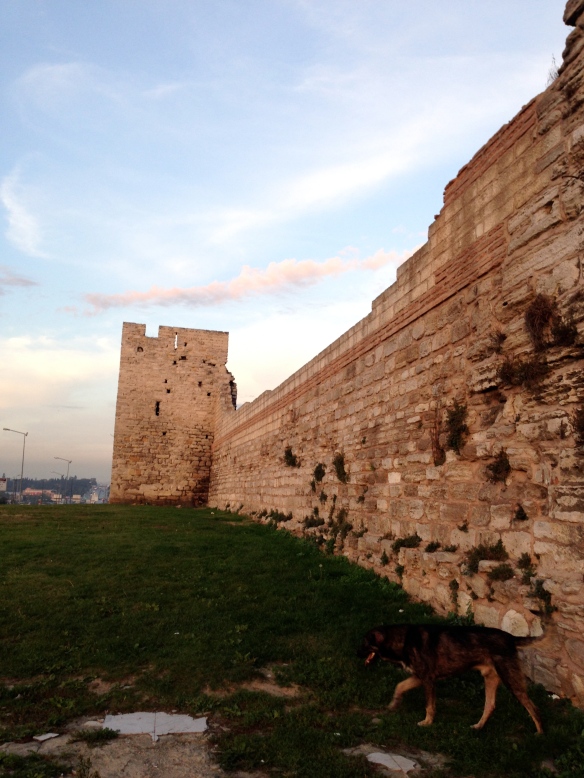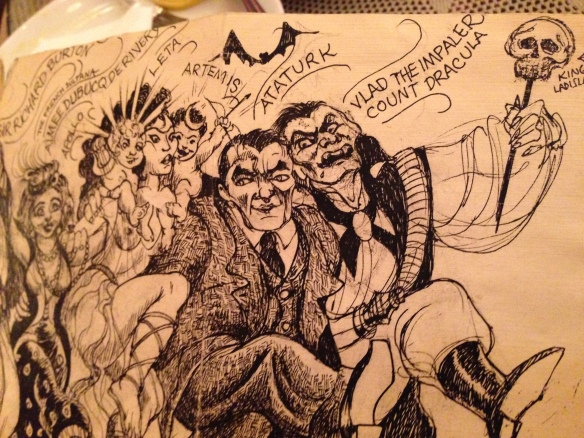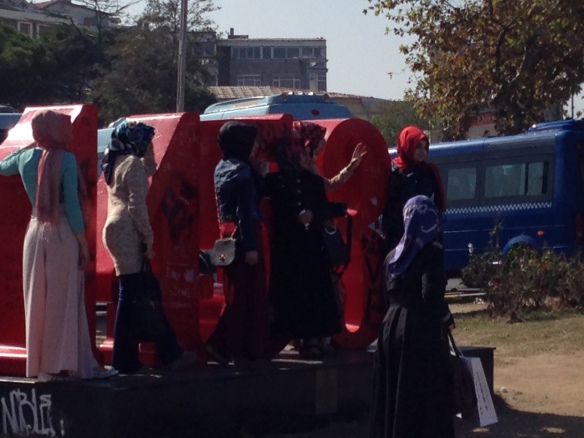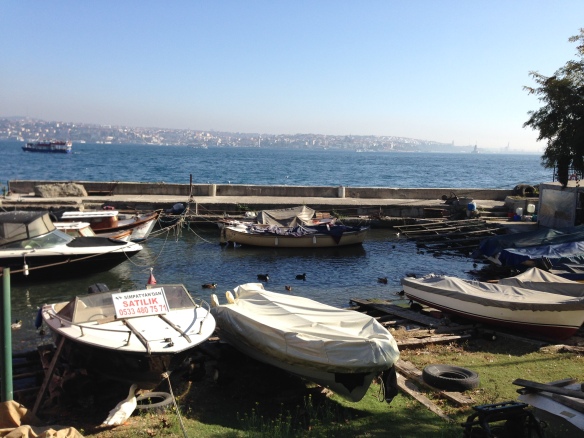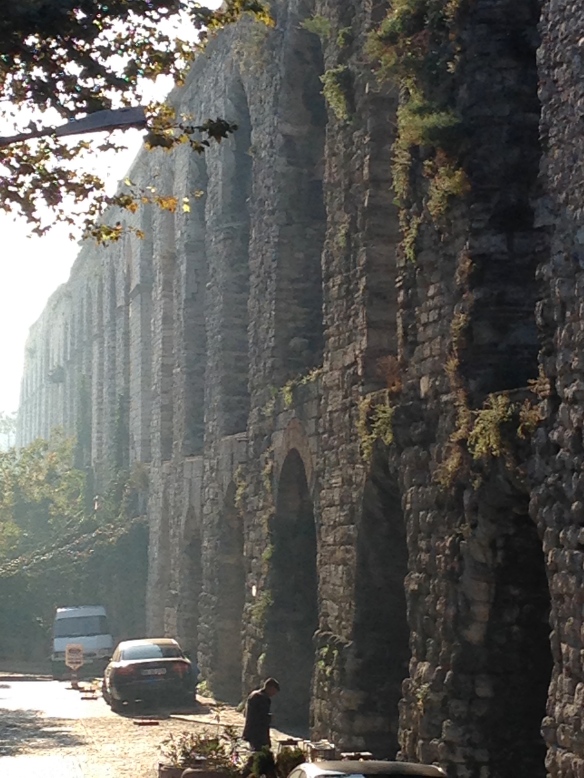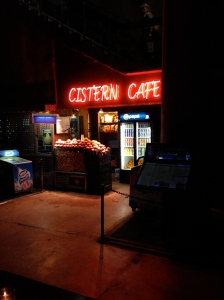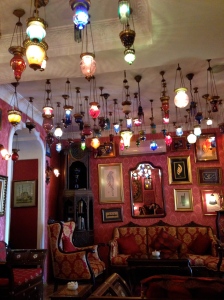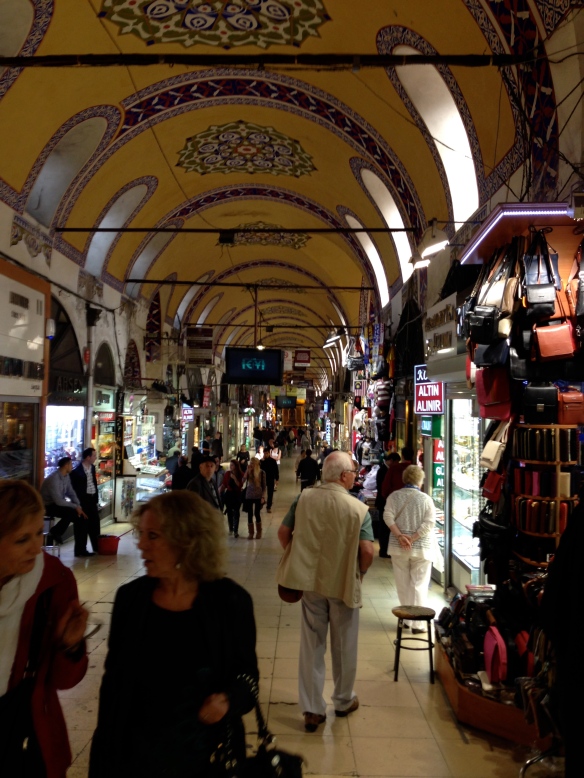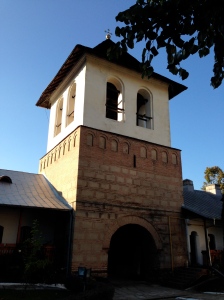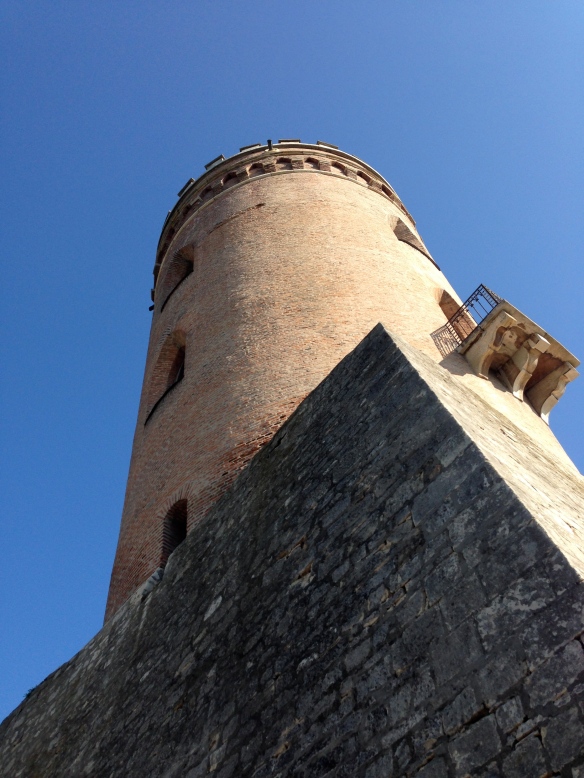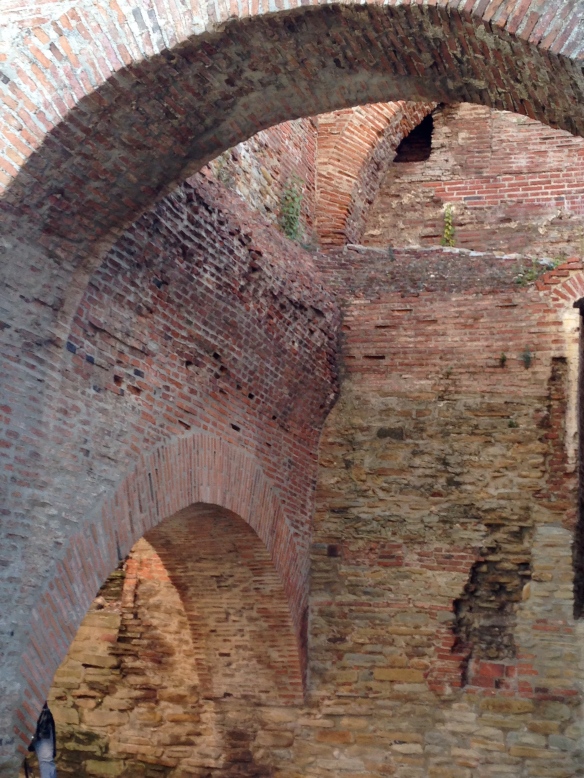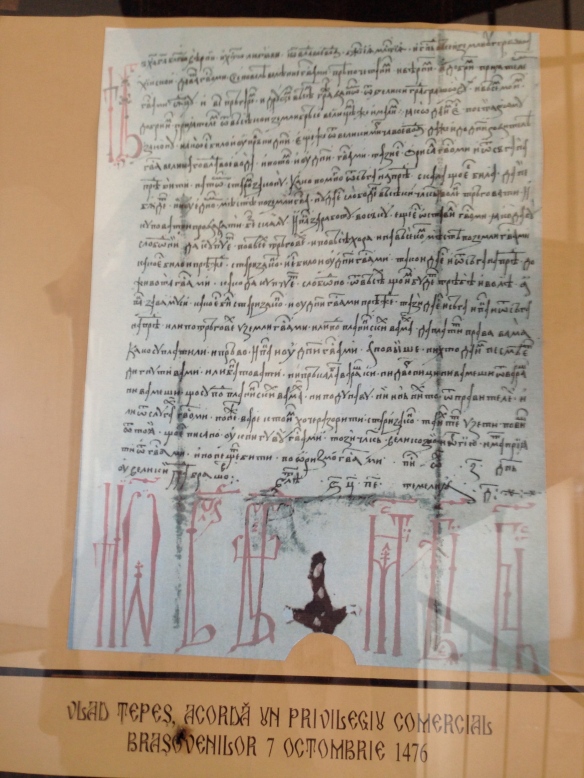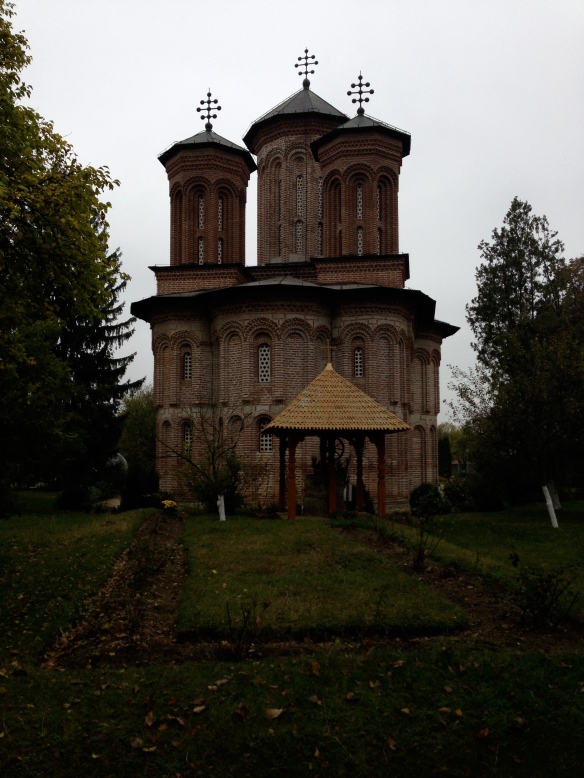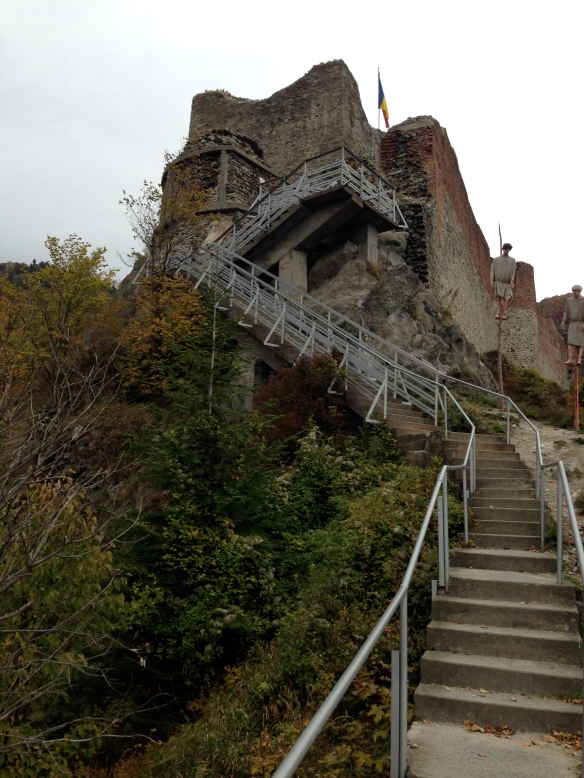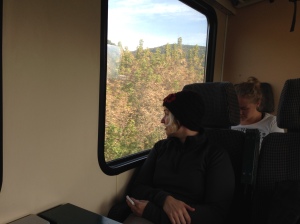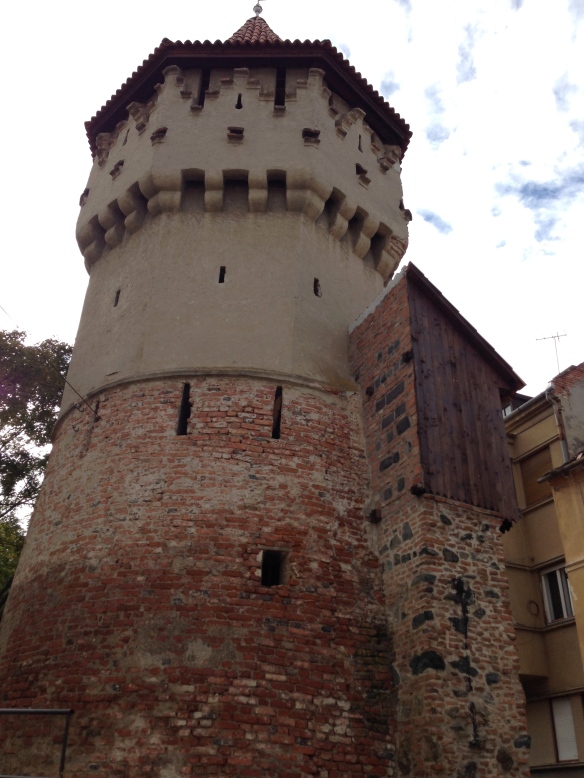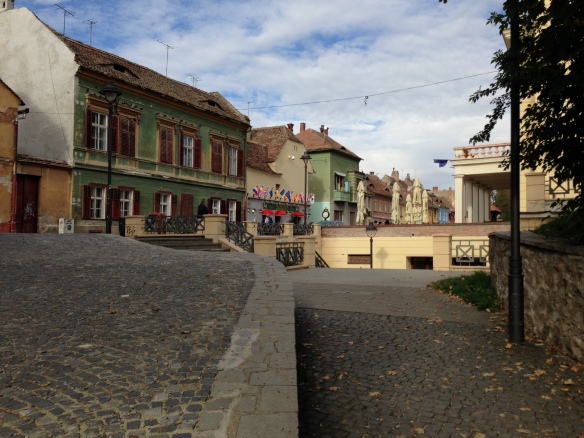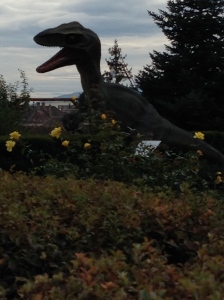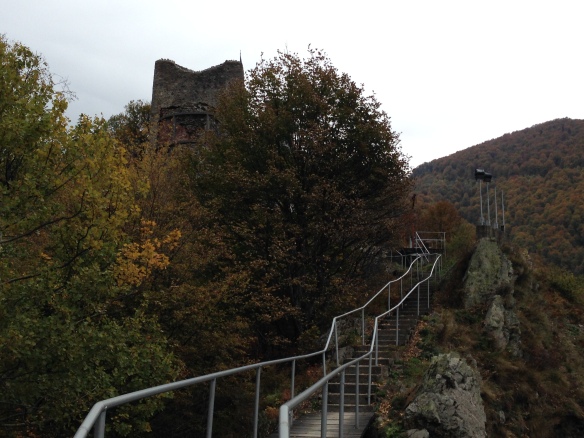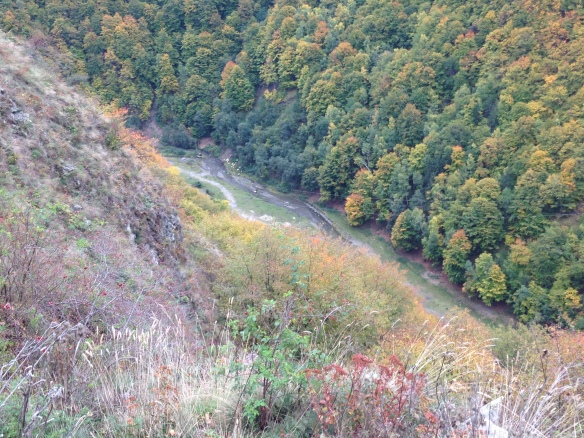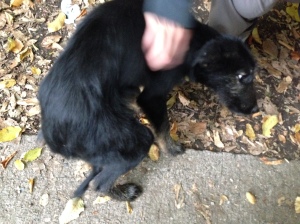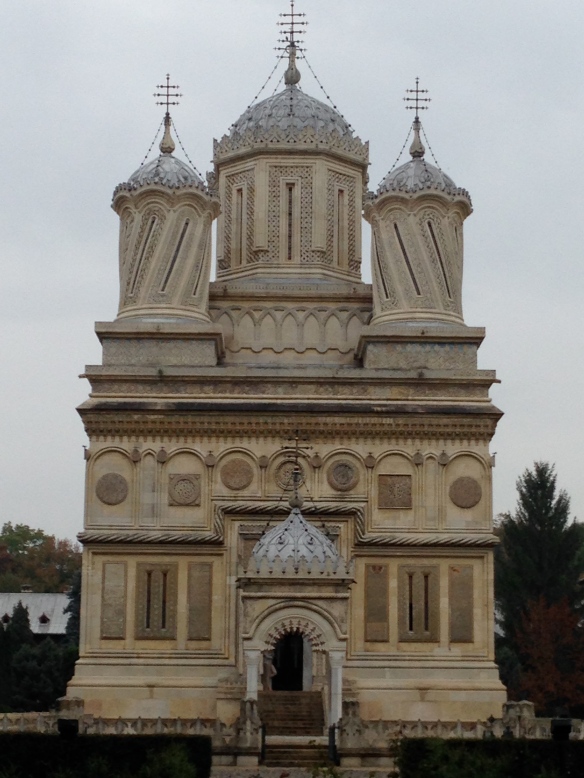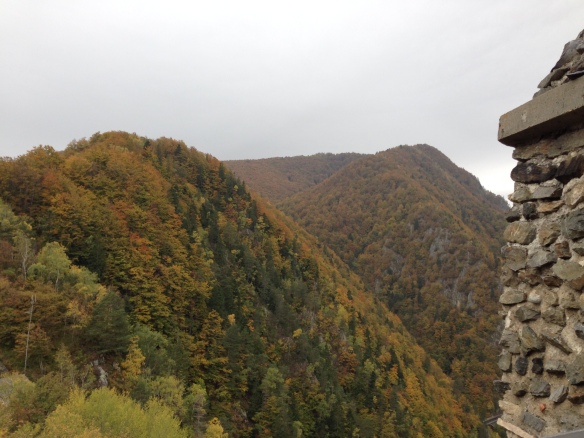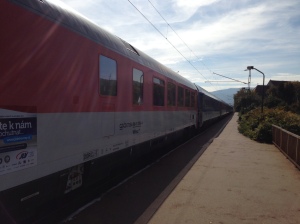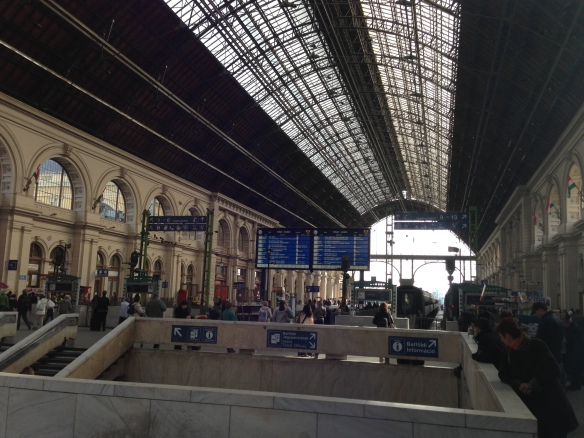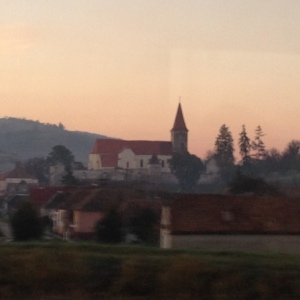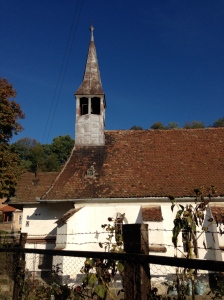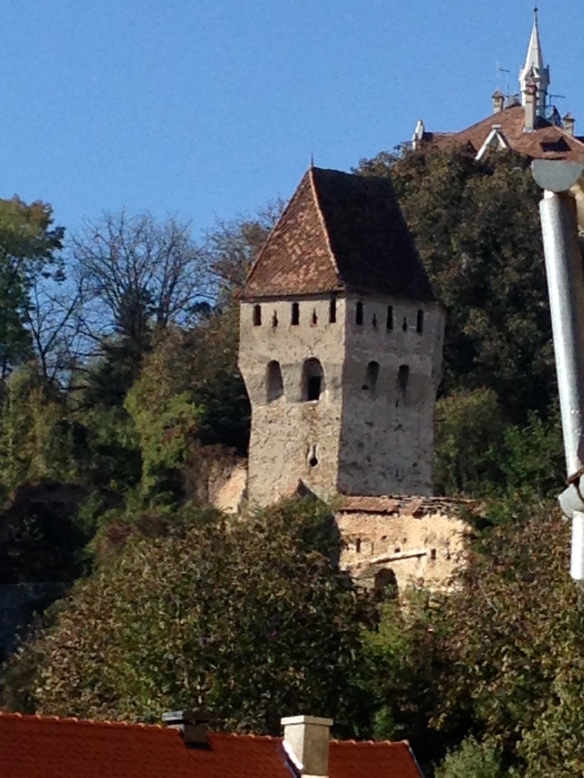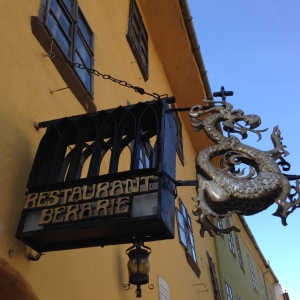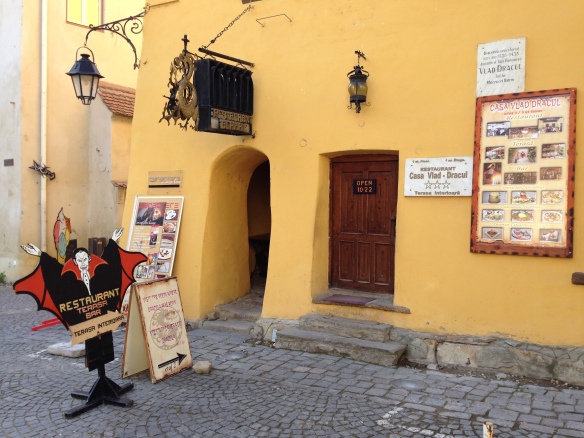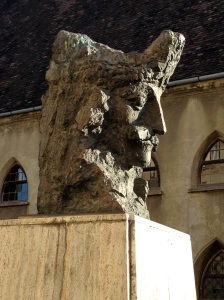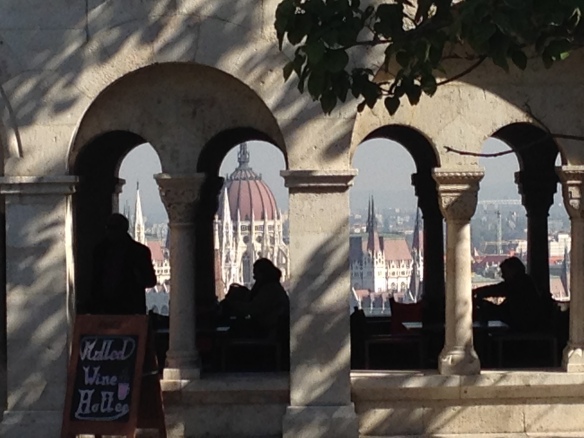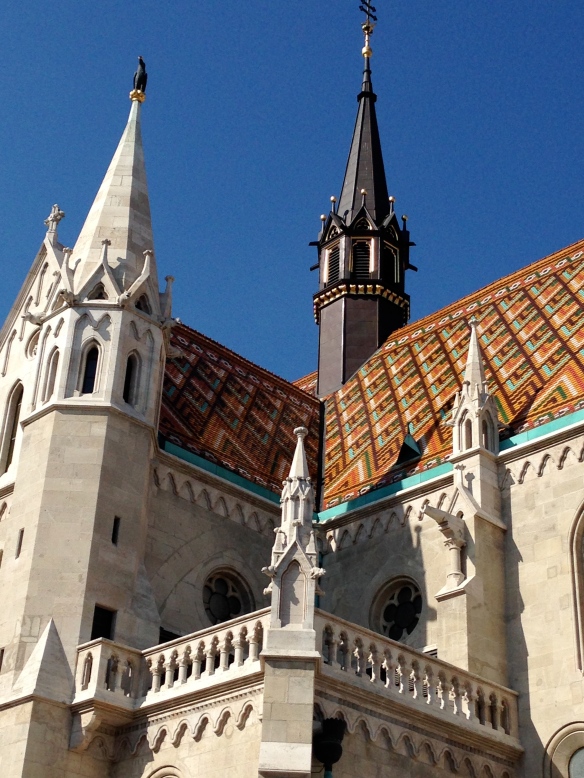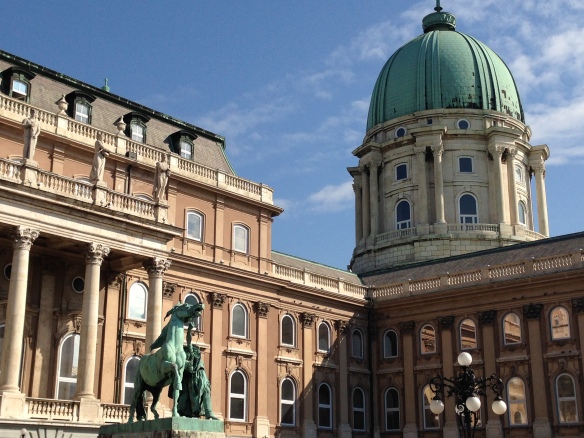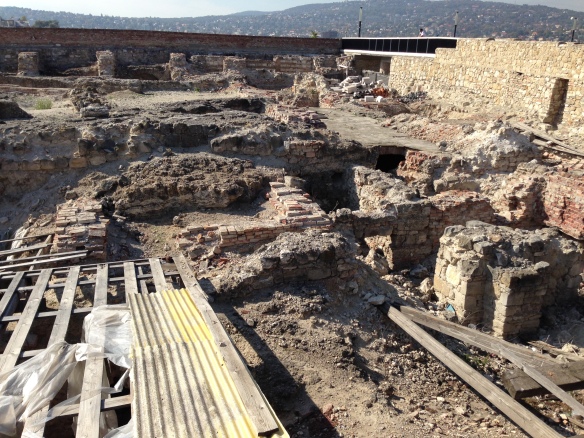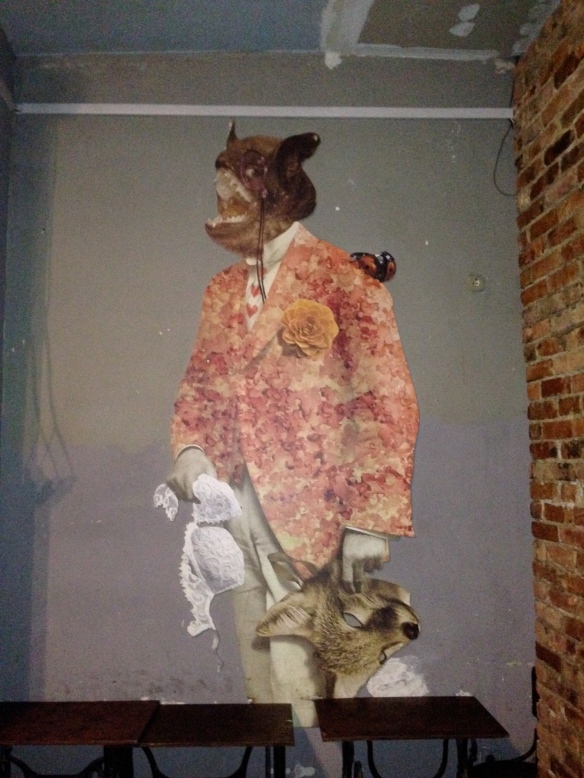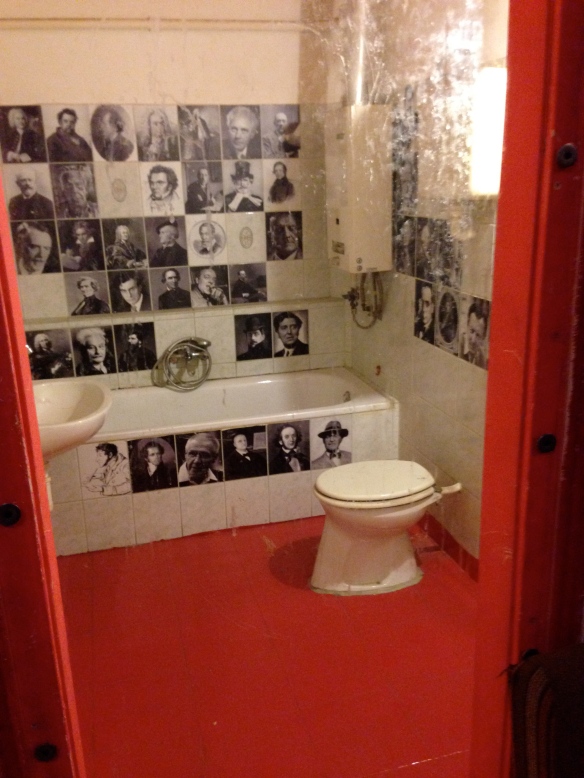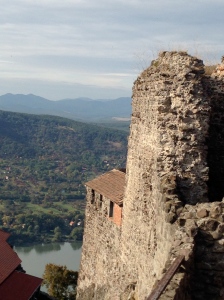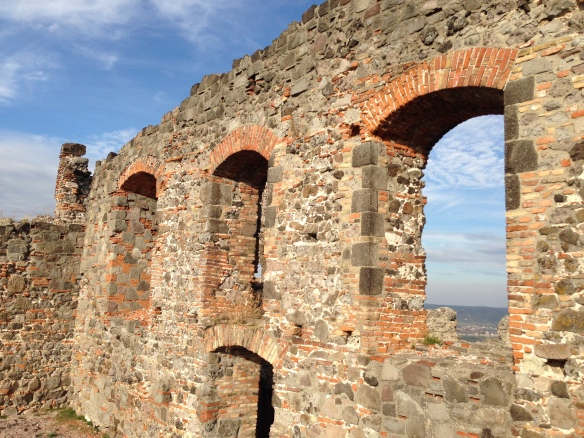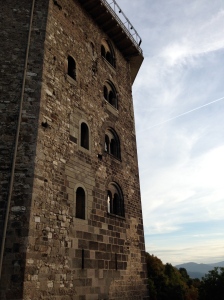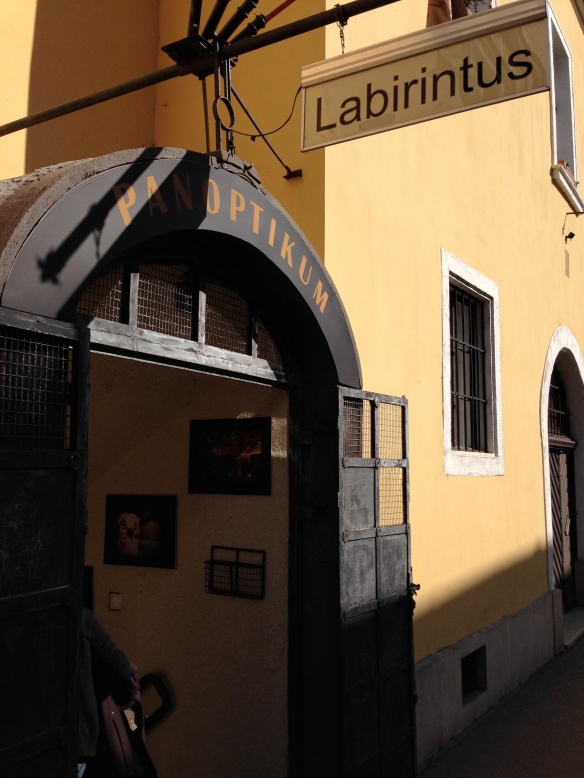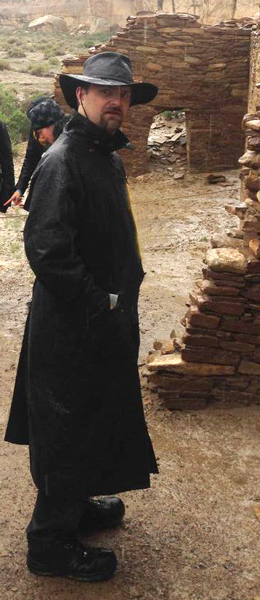 The time finally came for the next step in my ethnographic studies, which meant an anthropological expedition into the American Southwest to track down rumors of werewolf activity in the remote regions of this desolate area.
The time finally came for the next step in my ethnographic studies, which meant an anthropological expedition into the American Southwest to track down rumors of werewolf activity in the remote regions of this desolate area.
Planned as a breakneck (hopefully not literally) four day excursion over about 3500 miles of desert and mountainous terrain, we knew from the beginning that the results of this might range from the ignoble (starving to death after the last of our number was cannibalized after the party had been trapped by an unseasonable storm) to the cliched (eaten by the subjects of our ethnographic investigation).
Thus, although a purely ethnographic survey, we equipped ourselves prudently with crossbow, quarrel, duster, and hat, as the subject matter of our quarry has been known to resent prying into its private affairs – even in the service of science.
As an extra precaution, we elected to plan our cultural appraisal outside the time of the full moon so as to avoid well-known and previously documented pack religious activity aligning with that point in the lunar cycle.
 DAY ONE
DAY ONE
We set out, eight strong plus one hound in three vehicles, heading eastwards from Southern California into the state of Arizona. While our original plan was to skirt the Grand Canyon, a minor incident delayed us. What we at first naively thought was merely a taxidermy shop turned out to be a necrodermy shop, and assailed by a herd of undead antlered ruminates, we elected a fighting retreat to our vehicles as the prudent course for an expedition with larger quarry in mind.
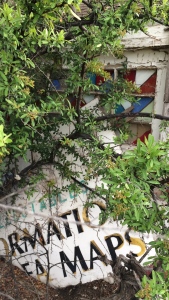 As we were already along the route, our lexicographer and principle researcher Ms. Walsh requested a brief stop at what was reputed to be the summer home of that most notorious fiend, Santa Claus. While we continue to be astonished at the effectiveness of that creature’s public relations efforts to the general public, we were well aware of the danger we were in. While the location was said to be abandoned, such rumors have, in the past, proven to be exaggerated.
As we were already along the route, our lexicographer and principle researcher Ms. Walsh requested a brief stop at what was reputed to be the summer home of that most notorious fiend, Santa Claus. While we continue to be astonished at the effectiveness of that creature’s public relations efforts to the general public, we were well aware of the danger we were in. While the location was said to be abandoned, such rumors have, in the past, proven to be exaggerated.
Fortunately, in this case the rumors were true, and after taking sounding charges of the bottomless “Wishing Well” and extracting soil samples for later study, we packed our vehicles and resumed the expedition.
With time running short to hit our first checkpoint at the end of the day, we went east instead of north towards Flagstaff. An unseasonable blizzard threatened to strand us, but the weather eventually let up north of the town, and we continued towards Monument Valley, although we were, in fact, forced to stop somewhat shy of our original destination due to the presence of uneasy locals.
Although sightings of werewolves in the region had been recorded along the roads, we were ultimately fruitless in our own survey of the area in this regard.
DAY TWO
Refreshed and reinvigorated, the next morning we cut east from the town of Kayenta inside the territory of the Navajo Nation.
Stopping at the junction of Four Corners (a frivolous distraction from our expedition plans that I opposed, but ultimately relented upon in the face of popular revolt), we then turned southeast into New Mexico, where we had uncovered pre-Columbian reports of werewolf cultic activity. While we did not expect to directly find the subject of our quarry in this region, the hope was analysis of the petroglyphs in Chaco Canyon would suggest additional routes and locales of inquiry.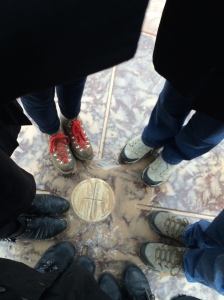
In this, we were successful. While Chaco Canyon, a nine hundred year old ruined Amerindian city, is the location of dozens of expansive archaeological sites, it was between the Chetro Ketl and Chacoan City sites that we located the petroglyphs. Despite the pounding hail, we were able to record the petroglyphs and readily translate them indicating the story of a lupine progenitor exiled westwards.
We left Chaco Canyon with haste, intent on avoiding the results of inclement weather. Indeed, as we made our way down the dirt road existing the canyon, the road was blocked by several Navajo ranchers whose own vehicle had become mired in the wet clay. After an hour or so of lending our aid, accompanied by the astute advice from our own resident engineer to construct a steam-powered sling for the vehicle, we exited the canyon and took again to the road back into Arizona to hit our second waypoint.
DAY THREE
In the heights above the famous Canyon de Chelly we were able to acquire the usage of a pair of timber and mud hogans, and thus encamped, we passed a bitterly cold night fighting off the aggressive attentions of a mountain lion who was intent on making us his supper.
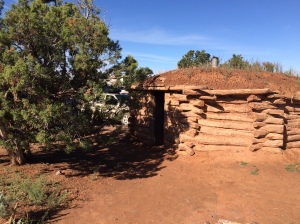 By morning, one of the members of our expedition managed to tame the beast, though I adamantly refused to allow the beast to come back with us, as there was serious question as to whether we could – in a manner acceptable to us – meet its avaritic dietary needs.
By morning, one of the members of our expedition managed to tame the beast, though I adamantly refused to allow the beast to come back with us, as there was serious question as to whether we could – in a manner acceptable to us – meet its avaritic dietary needs.
After hearing that the bottom of the canyon had been inhabited for many centuries, we then set down the Canyon de Chelly intent on investigating reports of a “White House” perched within the cliff face of the canyon itself. The path down showed sign of recent usage in the form of pack animal droppings, so we stayed on our guard, prepared to fight off grave robbers or worse.
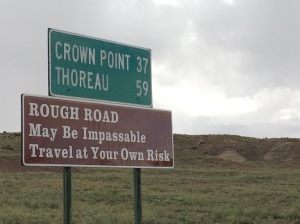 At the canyon floor we were able to find vague petroglyphic references on the canyon walls that suggested some kind of massacre, followed by a cryptic reference to “following the sun”. Taking this to mean more travel to the west, we again set off, this time across the arid plains of the interior of Arizona. The road was in surprisingly good condition for some time, but it, too, eventually turned to dirt, and we were forced to pick our way across miles of crumbling road, dodging voracious carnivorous cattle and horses with mad eyes waiting upon the roadside, but fortunately for us, skittish at our approach.
At the canyon floor we were able to find vague petroglyphic references on the canyon walls that suggested some kind of massacre, followed by a cryptic reference to “following the sun”. Taking this to mean more travel to the west, we again set off, this time across the arid plains of the interior of Arizona. The road was in surprisingly good condition for some time, but it, too, eventually turned to dirt, and we were forced to pick our way across miles of crumbling road, dodging voracious carnivorous cattle and horses with mad eyes waiting upon the roadside, but fortunately for us, skittish at our approach.
In the abandoned ghost town of Canyon Diablo, we came across monumental new evidence in the form of a row of 1800s-era cages designed for beasts. Additional analysis confirmed the unthinkable – the settlers had apparently been able to imprison a small pack of werewolves, caging them, presumably for their own amusement.
The cages were ruptured, and analysis of the rust and metal fractures allowed us to conclusively pinpoint the time of the cage ruptures to the town of Canyon Diablo’s own demise. While we have no written proof, it seems obvious to even the most uneducated eyes that the werewolves escaped their confinement and proceeded to wreck their vengeance upon the town, resulting in it becoming the ghost town as it is known to be today.
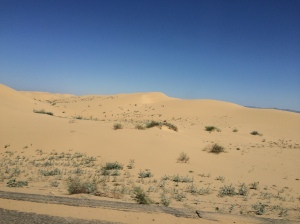 DAY FOUR
DAY FOUR
Crossing at last back into Southern California, we encamped for the night close to midnight.
In the morning, we made our way around the eastern edge of the toxic Salton Sea, where thirst or madness required three of us to restrain one of our party from leaping into the miasma of that poisonous lake.
At last, we came to the ultimate waypoint on our long trek, the place known as Salvation Mountain, built by a madman consumed by insane visions of another world this last century.
 The riotous colors assaulting our senses and offending those basic sensibilities Nature had bequeathed upon us, we searched the location for any last clue. Symbology of rivers, trees, and deific importunings seemed to suggest a madness that might or might not be indicative of our quarry, but at last, we located a small alcove situated beneath the behemothic construction, within which was the idol of a lunar goddess.
The riotous colors assaulting our senses and offending those basic sensibilities Nature had bequeathed upon us, we searched the location for any last clue. Symbology of rivers, trees, and deific importunings seemed to suggest a madness that might or might not be indicative of our quarry, but at last, we located a small alcove situated beneath the behemothic construction, within which was the idol of a lunar goddess.
While this last discovery cannot, in all scientific good faith, be construed as rigid evidence, still it suggests a line of inquiry and a tantalizing hint of what happened to these noble and majestic creatures who have been so unfairly and rudely driven from place to place from the very beginnings of antiquity and all the way up to the present day.

